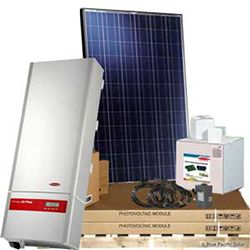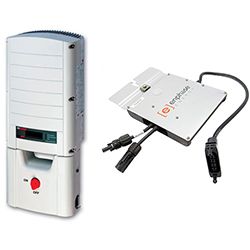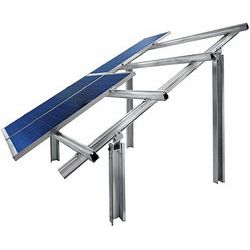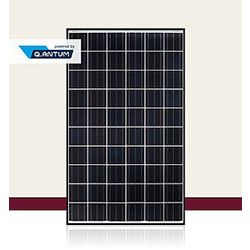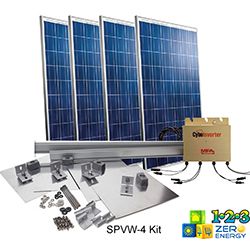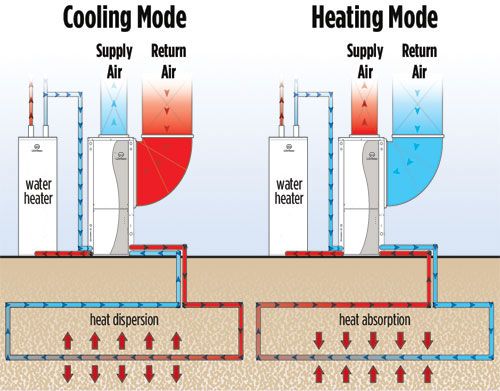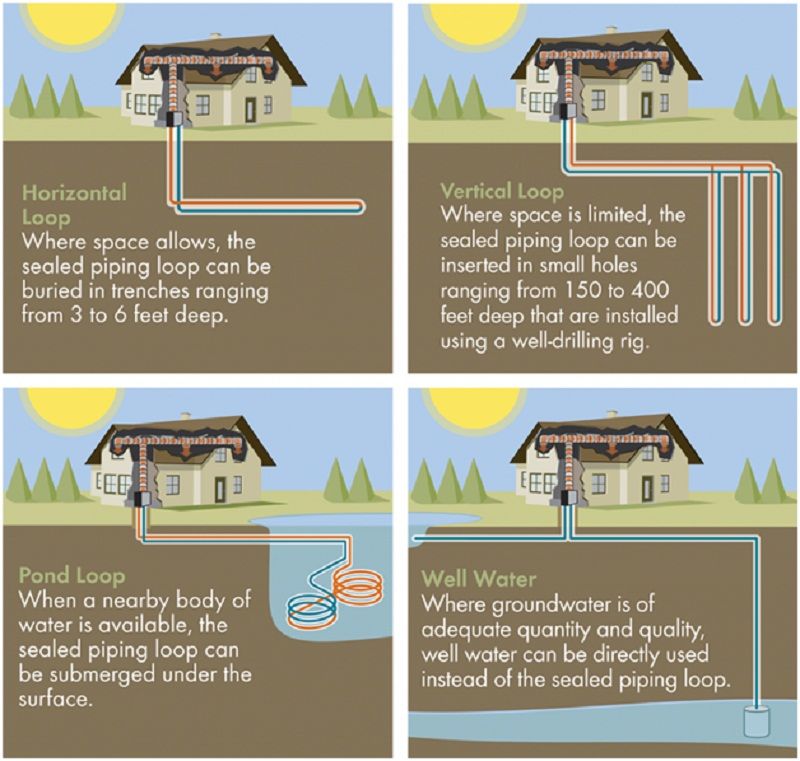Each
time you feel the warmth of the sunrays on the rooftop or courtyard, it
reminds you of a natural energy source is always there for the hot
water and space heating needs at your home. It is available in an
unlimited amount and at free of cost!
You
may be aware that it is possible to convert sunlight into electricity
using the solar panels, but it may feel shocking & interesting for
you that the same can generate heat energy for solar water heating and
space heating. Solar water heating is a cost efficient technology in use
to produce heat energy in abundance for your domestic or commercial
needs. It will save money on utility bills which will ultimately pay for
the SWH installation cost.
Selecting the best solar water heating system
may not be easy without proper knowledge; it is recommended to seek for
a specialist’s help, who has experience of installing the SWHs and
providing quick consultation on them. There are two widely used
varieties of solar water heating systems available for your choice. A
Passive solar water heating system does not require any pump induced
energy but, the natural gravitation force to help the water circulate
from collectors to the tank. It has less number of mechanical parts,
reduced maintenance/servicing cost and low expenses for initial setup.
Whereas an Active solar water heater is a more expensive, yet energy
efficient type having pumps and controls to aid in the process of water
circulation.
Both
of these solar water heating systems include two key components – a
solar collector and a water storage tank. The solar collectors capture
the sunrays before converting them into heat energy. They can be of the
following types:
- Flat plate collector: well insulated and glazed collectors following a flat-plate assembly method
- Evacuated-tube collector: the transparent and energy efficient glass tubes arranged in rows with little scope for heat loss from them.
- Integral collector or Batch collector: a system made of single or multiple tanks or tubes kept in an insulated box for long term water storage. It does not fit cold climates due to the risk of freezing pipes in heavy cold condition.
While
looking to pick up the best SWH for your home, you need to review the
solar water heating systems from all angles. It is the geographical
region, climate condition and your home’s position that will be crucial
in deciding which solar heating system will be perfect for you.
The
active solar heating systems can make up for your extra expenses with
lowered utility bills per month. They can be of the following types:
- An indirect circulation system uses a heat exchanger to transfer heat into the water storage tank from a nonfreezing fluid circulating in it. This kind of system suits the very cold regions where the temperature may fall drastically to cause the pipes freeze at any time.
- A direct circulation system uses pumps to let the water circulate through the collectors and then flow back into the storage tank. They function well in mild climates where there is no risk of temperature going below the freezing point.
Passive
solar heating systems are normally more reliable, durable, less costly
to install, but they are not as efficient as the active ones. They can
again be of two types:
- A thermo-syphon passive system makes the hot water rise from the collector to the crest of a tank without the use of a pump. In this case the collector is fitted underneath the storage tank to make use of the natural gravitational force.
- An Integral collector-storage passive system assembles hot water in storage tanks or tubes that are placed inside an insulated box and fits the best in mild weather conditions.
An
apparent problem in using solar energy is the lack of control on the
weather. If you reside in a dark and cold area with only a few sunny
days experienced in a year or there is no south facing roof in your
residence then the solar water heating may not prove to be as effective
as it should.
If
all these details can’t eliminate your doubts or confusion, don’t feel
worried at all! Solar water heating systems have been in use for a long
time but are not extensively used everywhere, therefore asking for
advice and guidance from 123 Zero Energy would be a worthy step to take
before looking to invest in one.
To
ask your query regarding solar water heating systems or their prices,
123 Zero Energy can be visited online or contacted over phone at 1-800-317-9054
